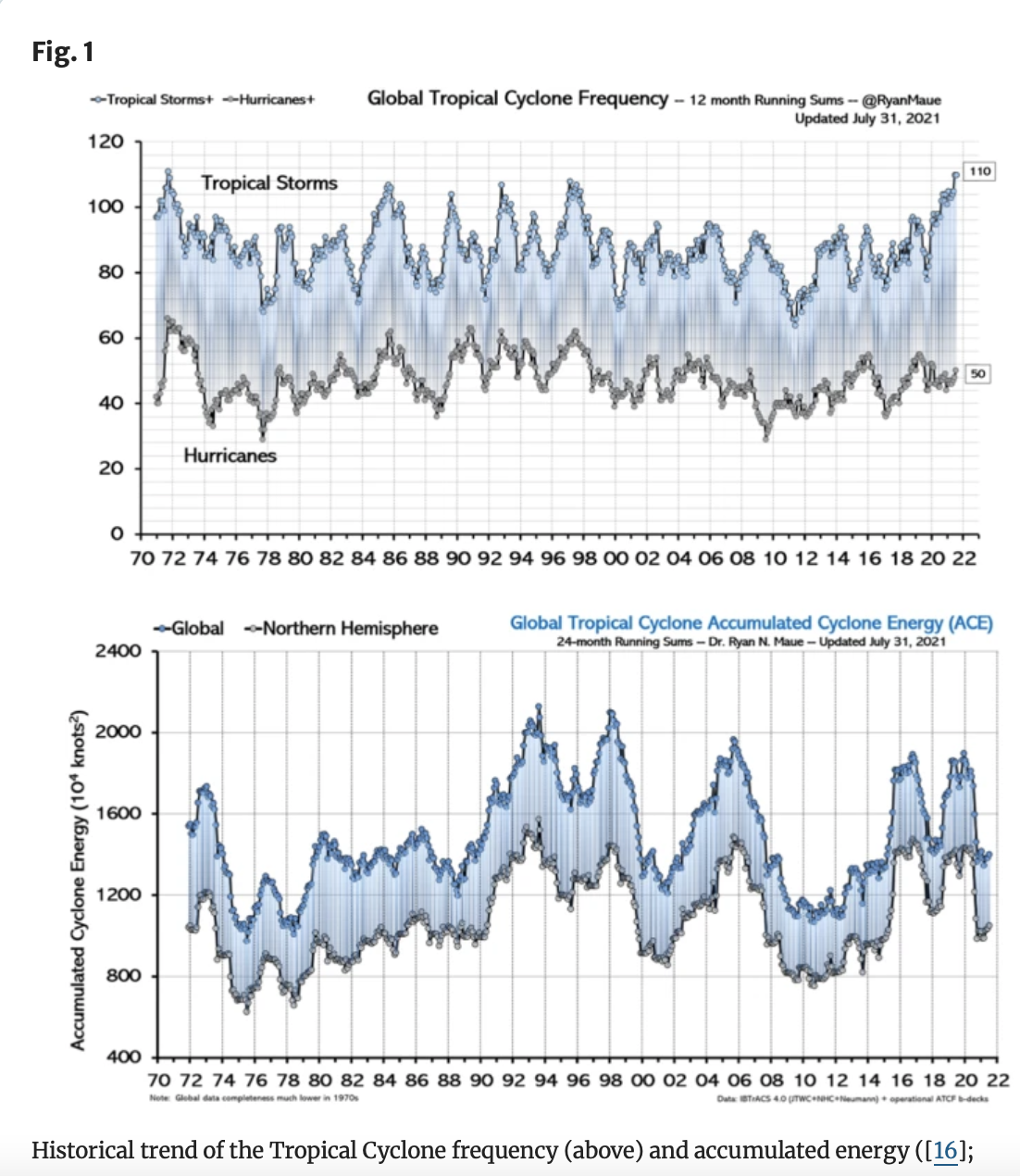- Joined
- Jan 23, 2009
- Messages
- 5,992
- Reaction score
- 4,099

What are the two sets of figures? They have the same title, and different numbers.
There's a tendency among people who have bought into a belief, people who know that that is a bad thing in scientific discussion but sometimes become convinced all the same, people like me, to be suspicious or worse of the sources of statements that run counter to the beliefs which we are comfortable calling logical, scientific conclusions. So, I looked up Roger Piekle Jr.
So no, apparently not someone trying to deny human caused climate change or its deleterious effects, and I was poised to jump to a completely unsupported and erroneous conclusion about him. He seems to be someone whose reporting is at least worth taking seriously.Pielke has also written extensively on climate change policy. He has written that he accepts the IPCC view of the underlying science, stating, "The IPCC has concluded that greenhouse gas emissions resulting from human activity are an important driver of changes in climate. And on this basis alone I am personally convinced that it makes sense to take action to limit greenhouse gas emissions." He also states that, "Any conceivable emissions reductions policies, even if successful, cannot have a perceptible impact on the climate for many decades", and from this he concludes that, "In coming decades the only policies that can effectively be used to manage the immediate effects of climate variability and change will be adaptive."
On the issues of hurricanes and climate change he has argued that the trend in increasing damage from hurricanes is primarily due to societal and economic factors (chiefly an increase in wealth density), rather than change in the frequency and intensity.


They’re the same table. The left one is ordered high to low by avg # of hurricanes/yrs of presidency. The right one is ordered high to low by total # of hurricanes. Unsurprisingly, FDR had the most hurricanes.What are the two sets of figures? They have the same title, and different numbers.

I'm assuming it's either Peel-kee or Peel-kuhI do have one criticism of the Pielke coverage: how can you trust someone whose name is so utterly unpronounceable?
Enter your email address to join: